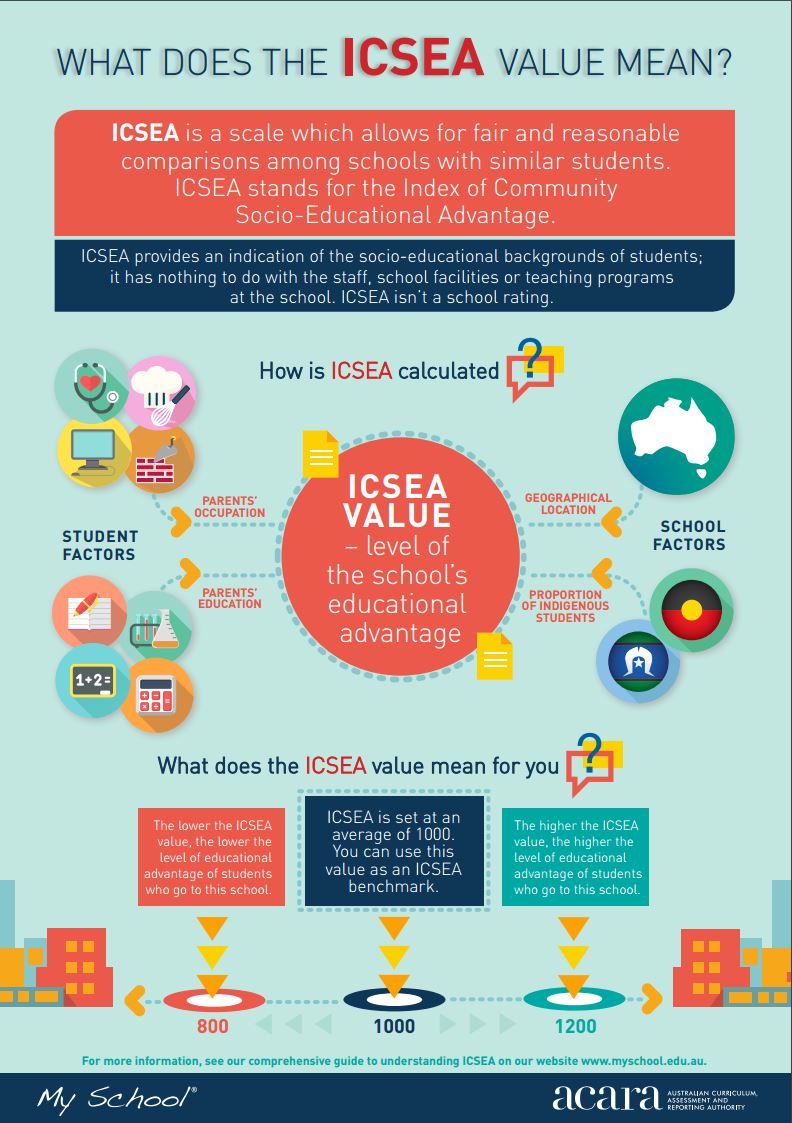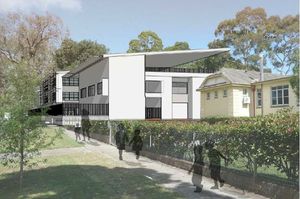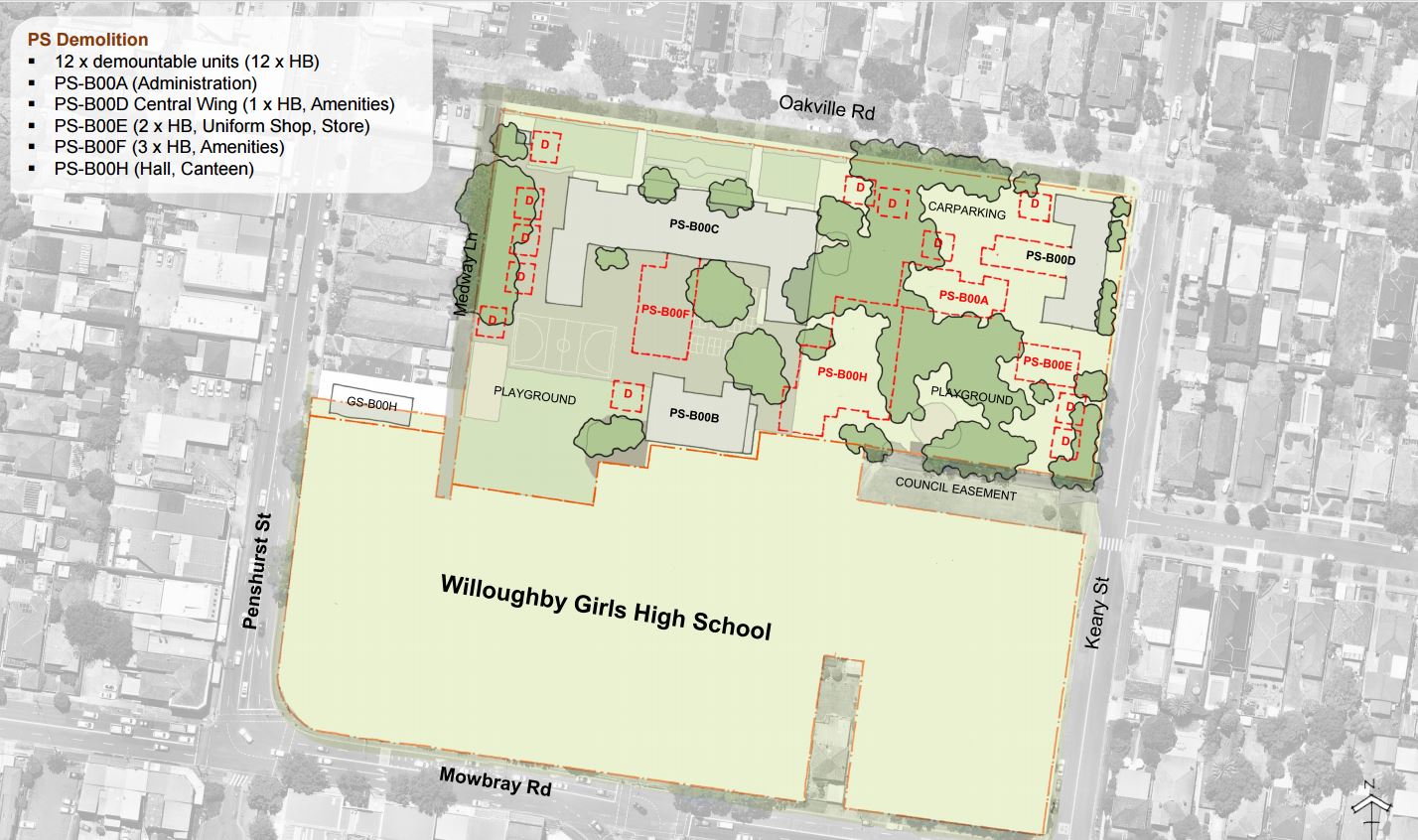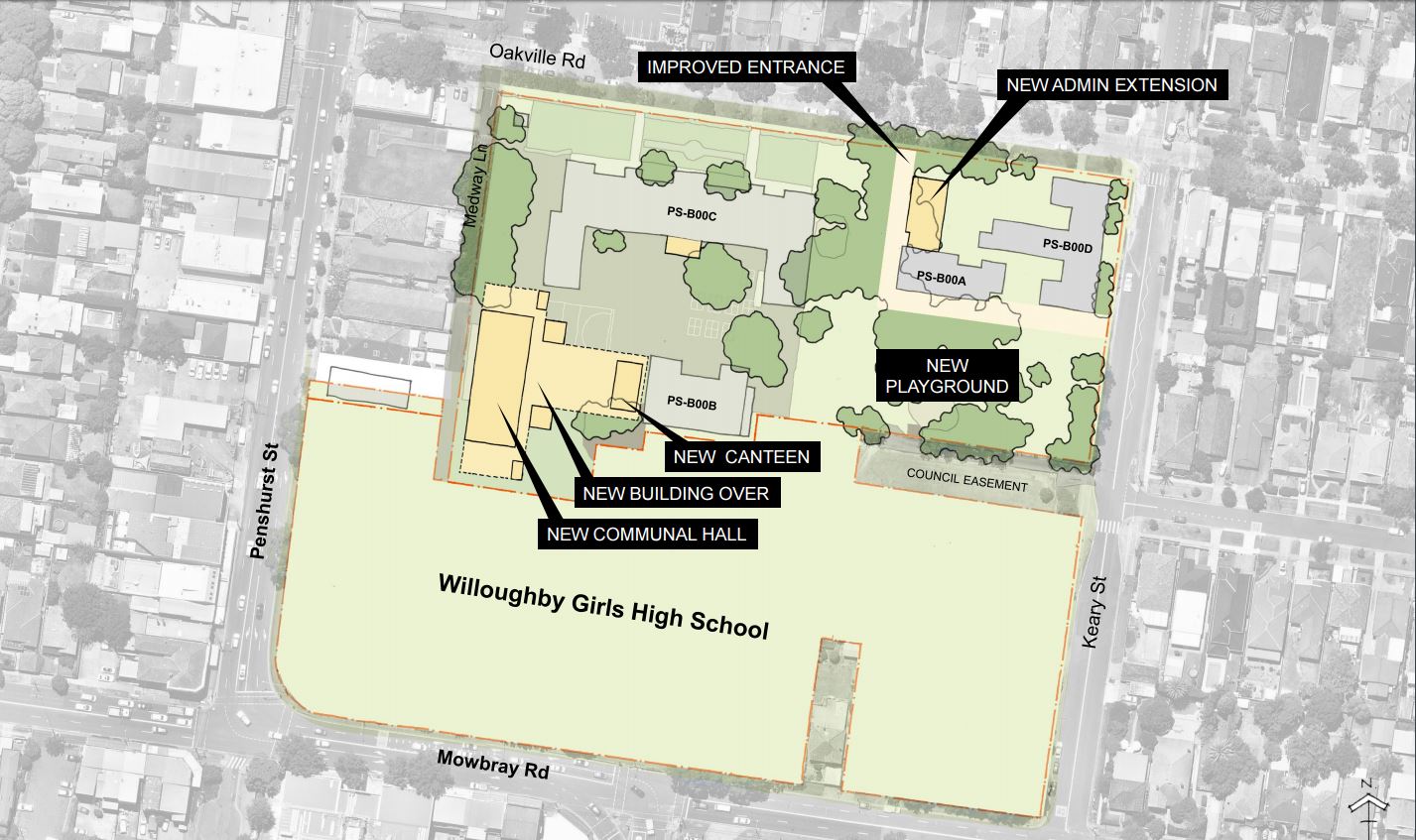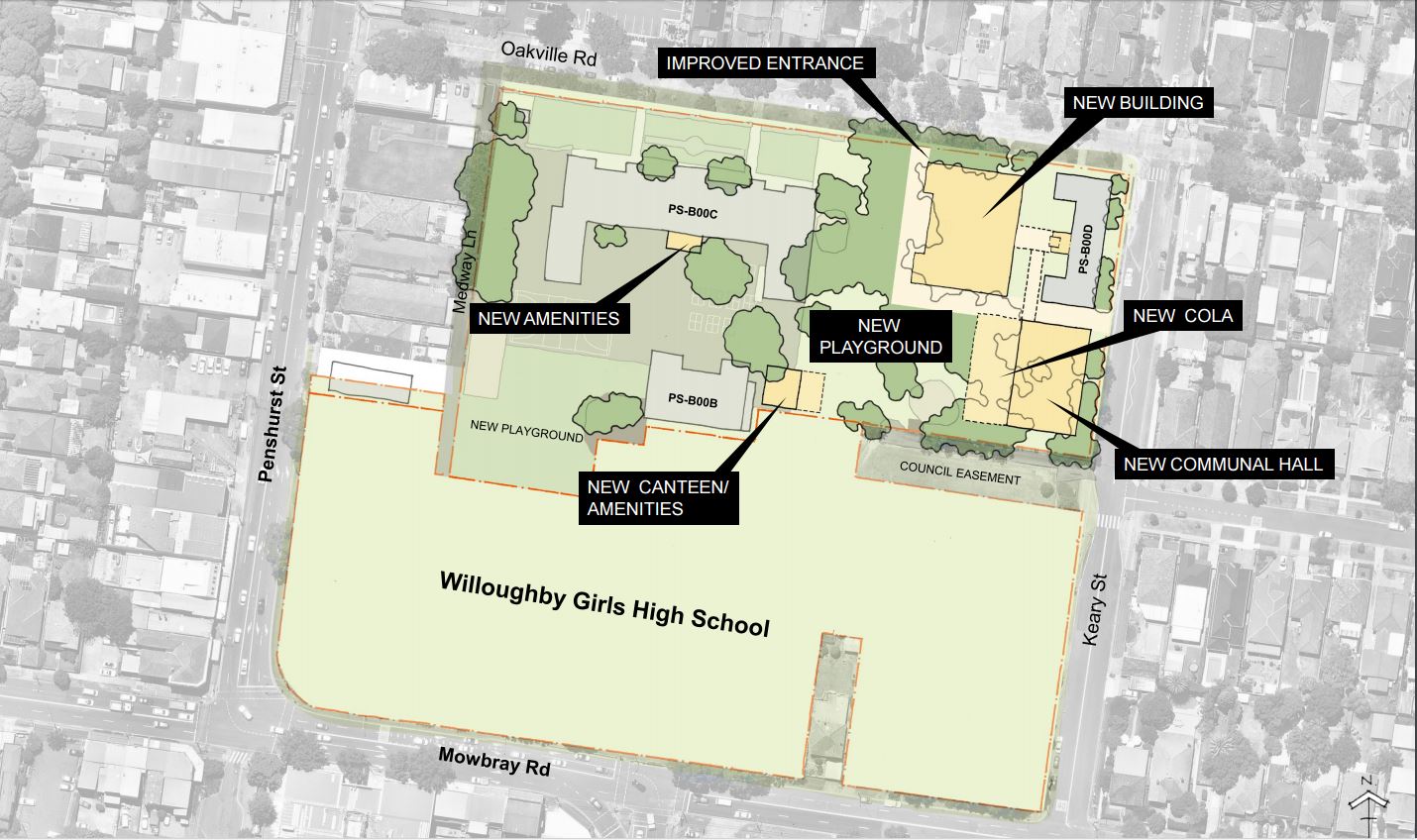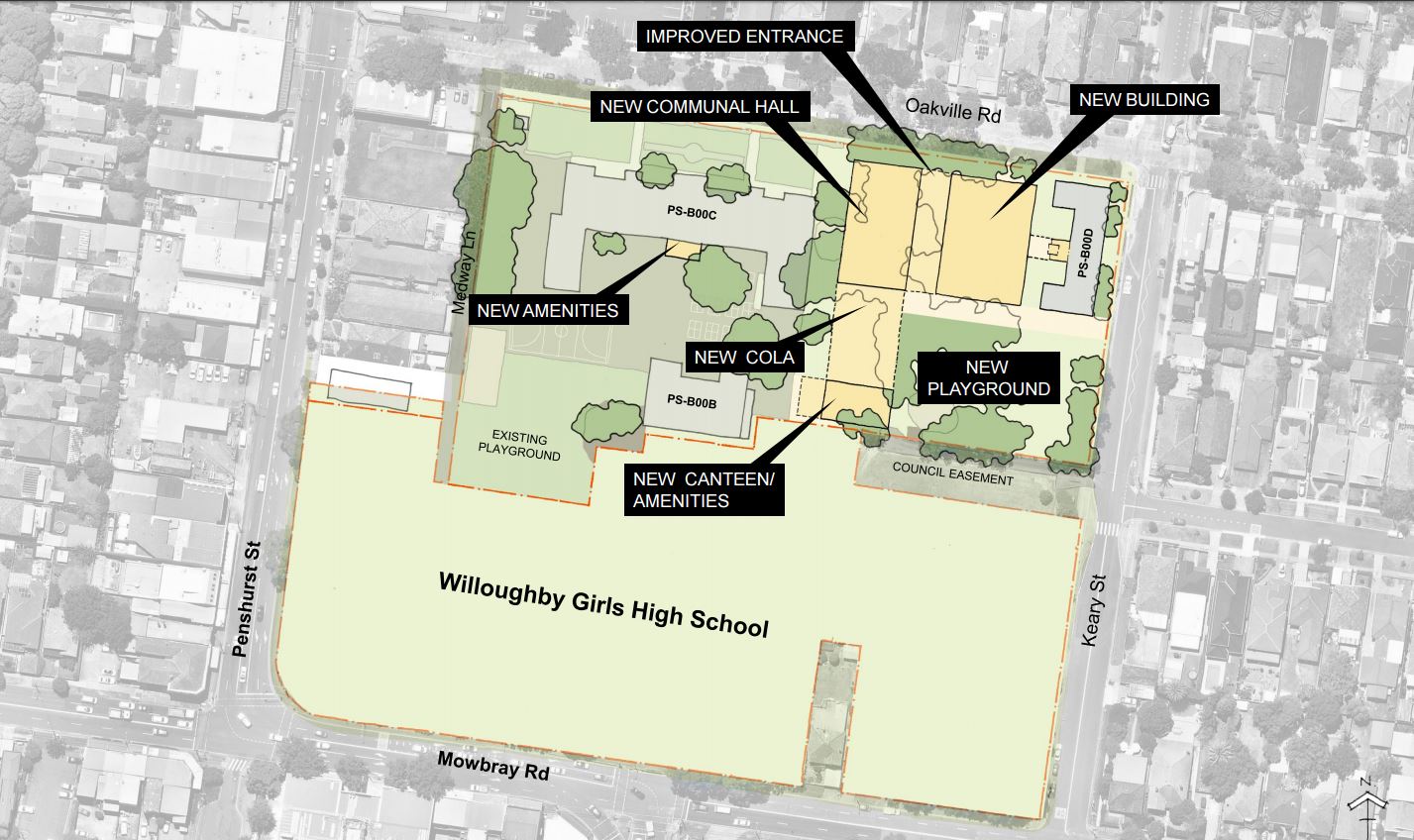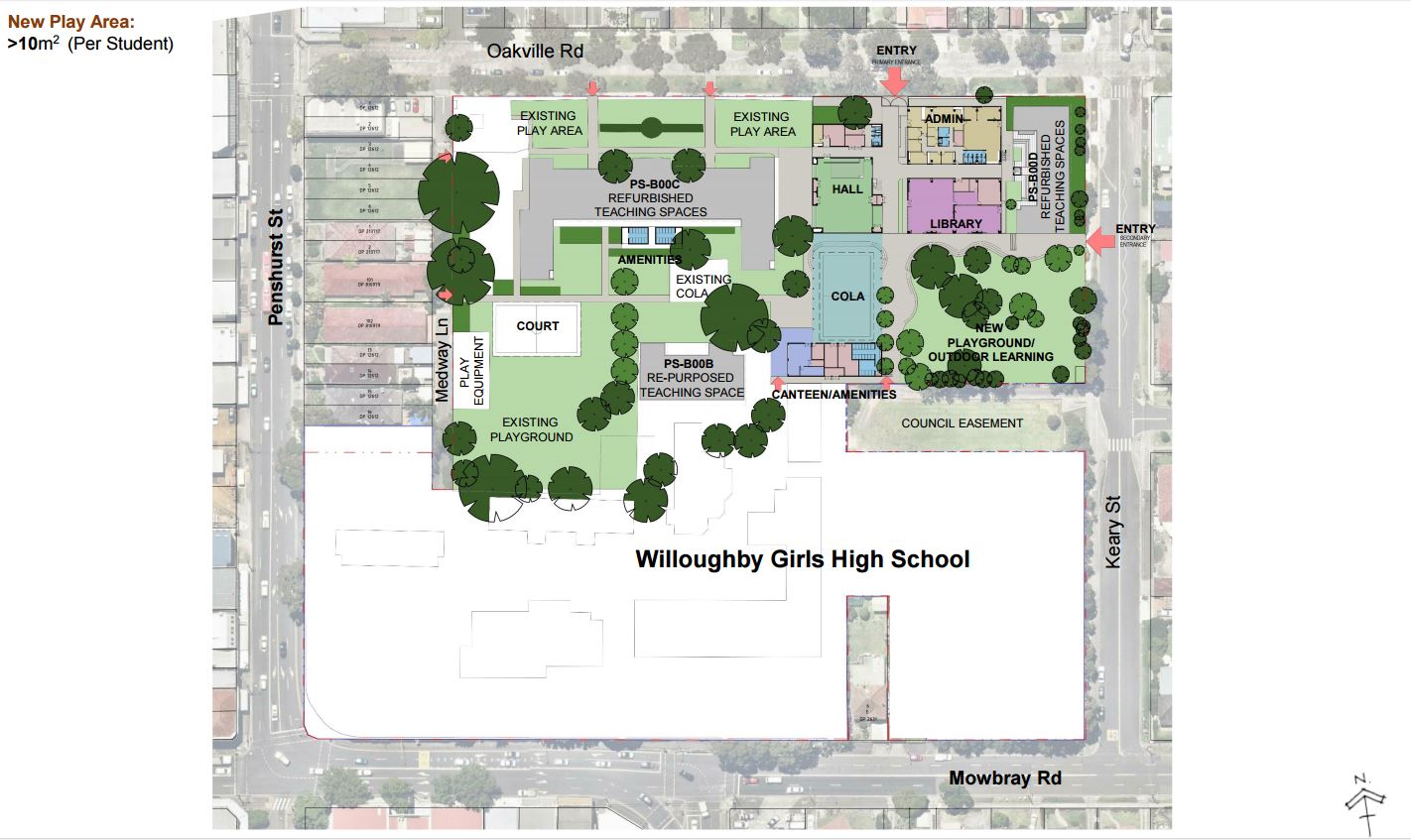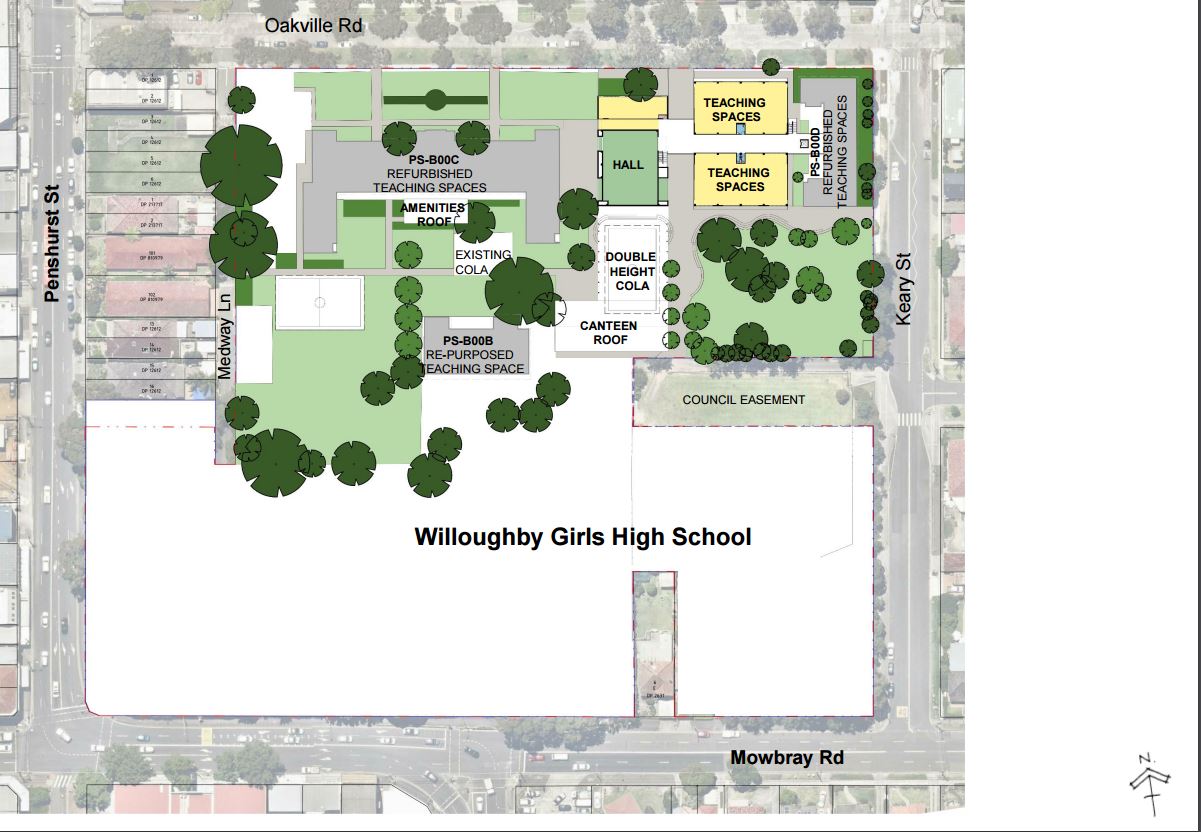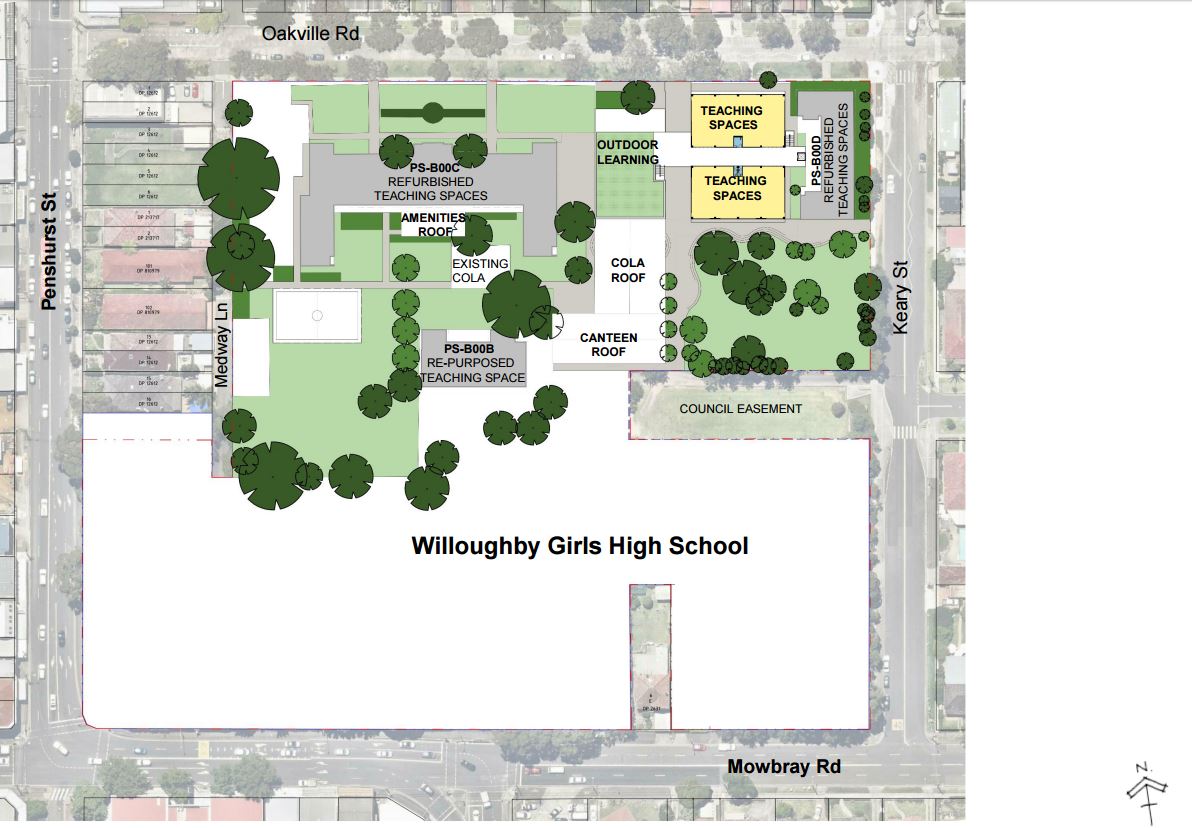I just read the article “Holding them back: What age should kids really start school?” on news.com.au. This is a very interesting one and worth a read, particularly for prospective parents with children that are about to start school. The area where I lived the majority of my life at, most people I know normally send their kids to school as soon as they legally qualified to do so. One of the most important factor I think is to do with cost as well, one less childcare cost to bear is actually a big deal for a lot of families. I recently moved to a more affluent area and from what I can observe most of the parents hold their kids back one year.
I do agree with the article’s conclusion that whether to do so is a personal one and differs from child to child as well. My son is the second youngest in the whole class and there are children that are closet o 18 months older. He is a socially active boy, so fitting in was never an issue for me. We did have to spend significant more effort in learning words and working on reading compare to my daughter in her Kindergarten year. He is doing well now academically but still, lags in sports. If given the choice again when choosing whether sending him to school or not, I most likely will actually hold him back one more year.
Share this post:
